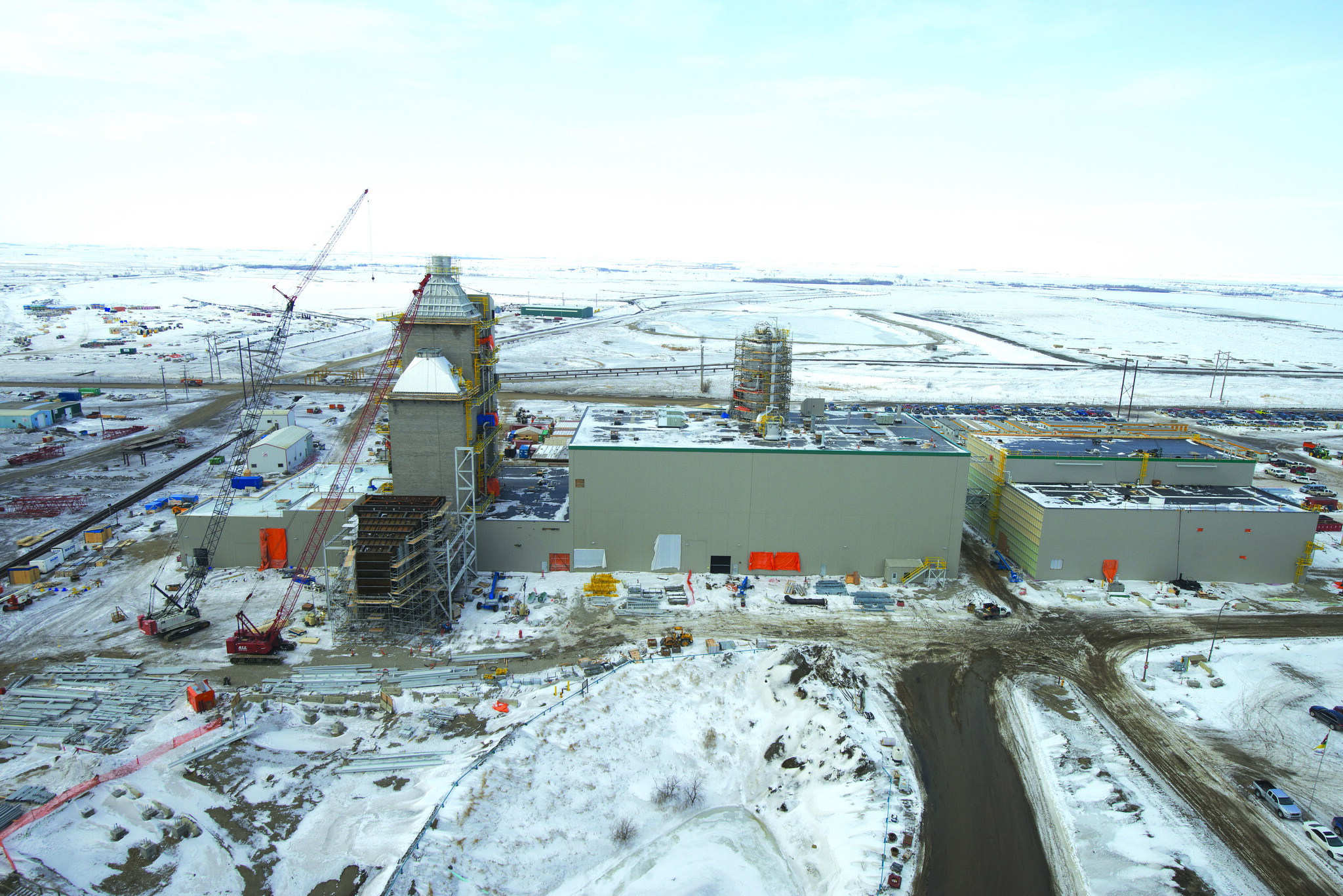We are disappointed that Canada’s Carbon Management Strategy, released by Minister Wilkinson, doubles down on the federal government’s risky approach of over-reliance on speculative and dangerous technologies being promoted primarily by oil and gas companies. This approach jeopardizes any chance Canada has of meeting its climate targets and diverts tens of billions of dollars away from reliable and effective climate solutions.
When applied to the oil and gas industry, carbon capture and storage (CCS) is not a climate solution. CCS does nothing about methane leakage or the emissions that result from burning fossil fuels; therefore ignoring 90 per cent of the problem. Carbon capture prolongs our dependence on oil and gas at a time when preventing catastrophic climate change requires winding down fossil fuel production and use. It’s a greenwashing strategy to justify continued, and even expanded, fossil fuel production. This is the reason over 400 of Canada’s leading energy experts warned the government against providing subsidies for CCS.
Oil and gas companies know these are dead-end technologies which won’t make a dent in emissions, but are using them to delay the clean energy transition and wring out even more subsidies.
Yet the Government of Canada is falling for it.

In the last three decades, governments and corporations around the world have poured over US$83 billion into CCS projects. Despite those massive investments, CCS has a track record of failure and underperformance. The International Energy Agency had predicted that by 2020 CCS projects would be capable of capturing 300 million tonnes of carbon dioxide. Instead, today there are fewer than 20 commercial projects globally, capturing less than 0.1 per cent of global carbon emissions (under 40 million tonnes).
The vast majority of proposed CCS projects never get off the ground. The few that do tend to vastly underperform. The Intergovernmental Panel on Climate Change (IPCC) ranks CCS as the most expensive and least effective option to reduce carbon emissions.
The Carbon Management Strategy contains countless goodies for the oil and gas companies who have fueled the climate disasters we’re experiencing today. That shouldn’t come as a surprise, given that the development of the strategy was heavily influenced by oil and gas companies. For example, the strategy lays out 20 current sources of funding currently available to fossil fuel companies for CCS – and promises more to come. Let’s be clear: any funding to oil and gas companies is a fossil fuel subsidy.
This shows that the Government of Canada is talking out of both sides of its mouth when it claims to be ending fossil fuel subsidies.
The absence of any acknowledgement of the risks of over-relying on technology that has only failed to date is very disappointing. Worse still, the strategy makes no mention of the public safety risks that come with carbon infrastructure. There is no mention of the increase in pollutants that will be experienced by communities near high-emitting facilities that will be equipped with CCS. Nor is there any plan for how the government will ensure communities are kept safe from carbon pipelines and storage hubs. Carbon leaks can be dangerous and even deadly. When a carbon pipeline ruptured in Mississippi in 2020, 300 people were evacuated and 45 people had to be hospitalized.
The science could not be any clearer: we must phase out the production and use of oil, gas and coal. Yet, Canada is still expanding oil and gas production – despite the climate disasters experienced this summer and the knowledge that more oil and gas puts any hope of protecting a livable planet further out of reach.
Carbon capture is unnecessary, ineffective, exceptionally risky. This is not the strategy that Canadians – and the world – deserve.










